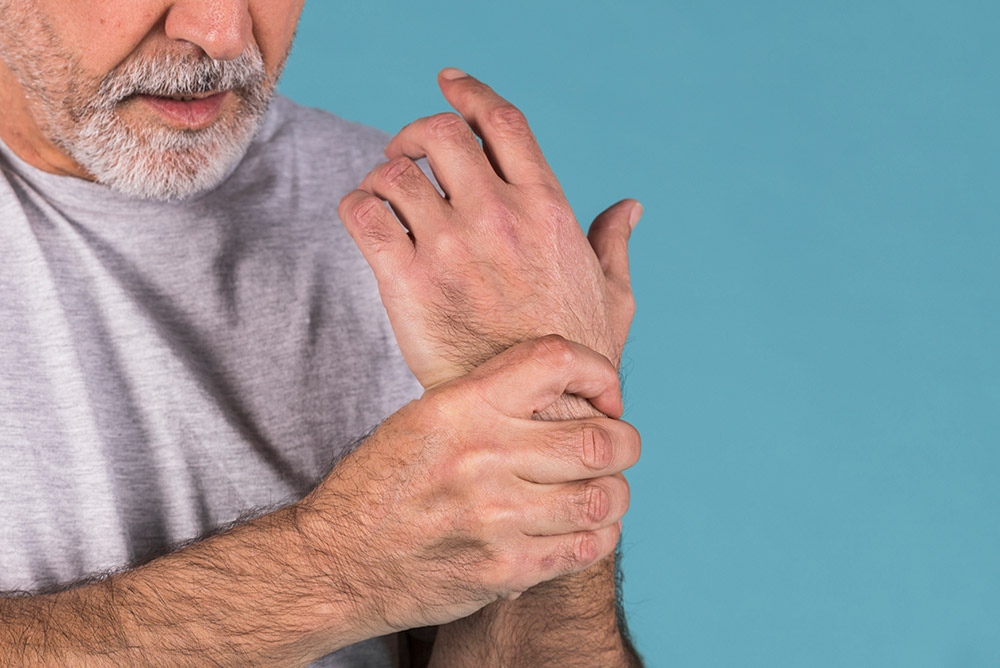Degenerative joints and spine pain
Arthritis was once attributed only to the elderly. However, it is true that people of all ages struggle with them today. There are two groups of reasons for their formation: genetic, so-called primary, i.e. those that are essentially beyond our control, and secondary, dependent on us – related to a sedentary lifestyle, excessive overload and overweight.

Osteoarthritis results from abrasion of the hyaline cartilage covering the joint surfaces, which is innervated and therefore does not cause pain for many years. As a result of abnormal joint loads and a reduced amount of synovial fluid (e.g. due to inactivity), the cartilage gradually loses its thickness. The pain characteristic of degenerative changes occurs when the damage has already reached the subcartilage layer.
One of the most unpleasant types of this condition is degeneration of the spine. It may concern its cervical, thoracic or lumbar parts. Symptoms that may indicate these include:
- spine stiffness after prolonged sitting or lying down
systematic, - progressive limitations in the range of motion,
- acute or chronic pain in the spine when taking up activity,
- noticeably less muscle strength.
Do you feel the pain?
Contact us.
PHYSIOTHERAPY
Kinesiotherapy is also used, i.e. treatment with movement, focusing on strengthening the muscles and restoring normal ranges. Education about proper motor habits is also of great importance. The main goal of all these activities is to stop the degenerative process and prevent its deepening. The described methods should be practiced only under the supervision of a specialist. The last stage of treatment is surgery, or arthroplasty, which may be necessary if you ignore the previous symptoms and do not start physical therapy.
How To Stop Arthritis? In order to avoid the emergence or worsening of such unpleasant ailments, you should stick to a few rules of anti-degenerative prophylaxis. It mainly concerns taking care of the correct weight and body posture, learning to lift heavy objects in the right way (as little straining as possible on the joints), avoiding staying in one position for too long (taking regular breaks when, for example, we are working while sitting), and undertaking adequate physical activity (e.g. swimming pool, bicycle, Nordic walking, personal training).